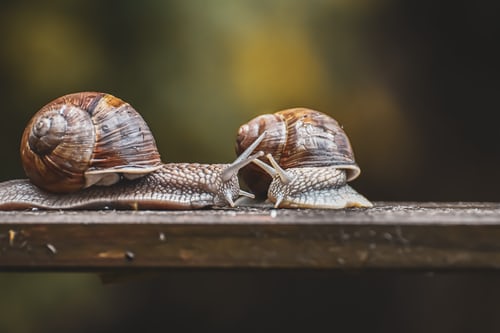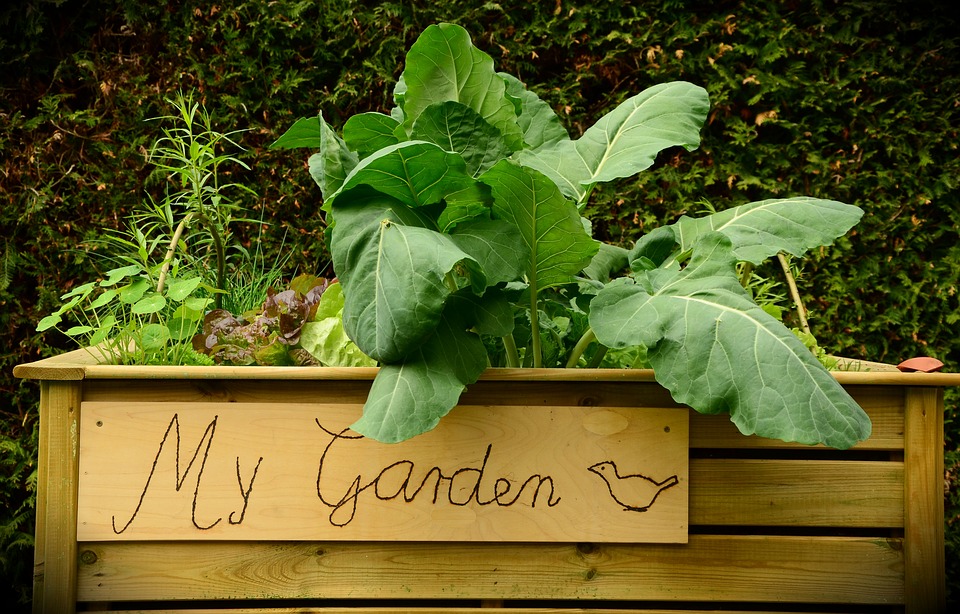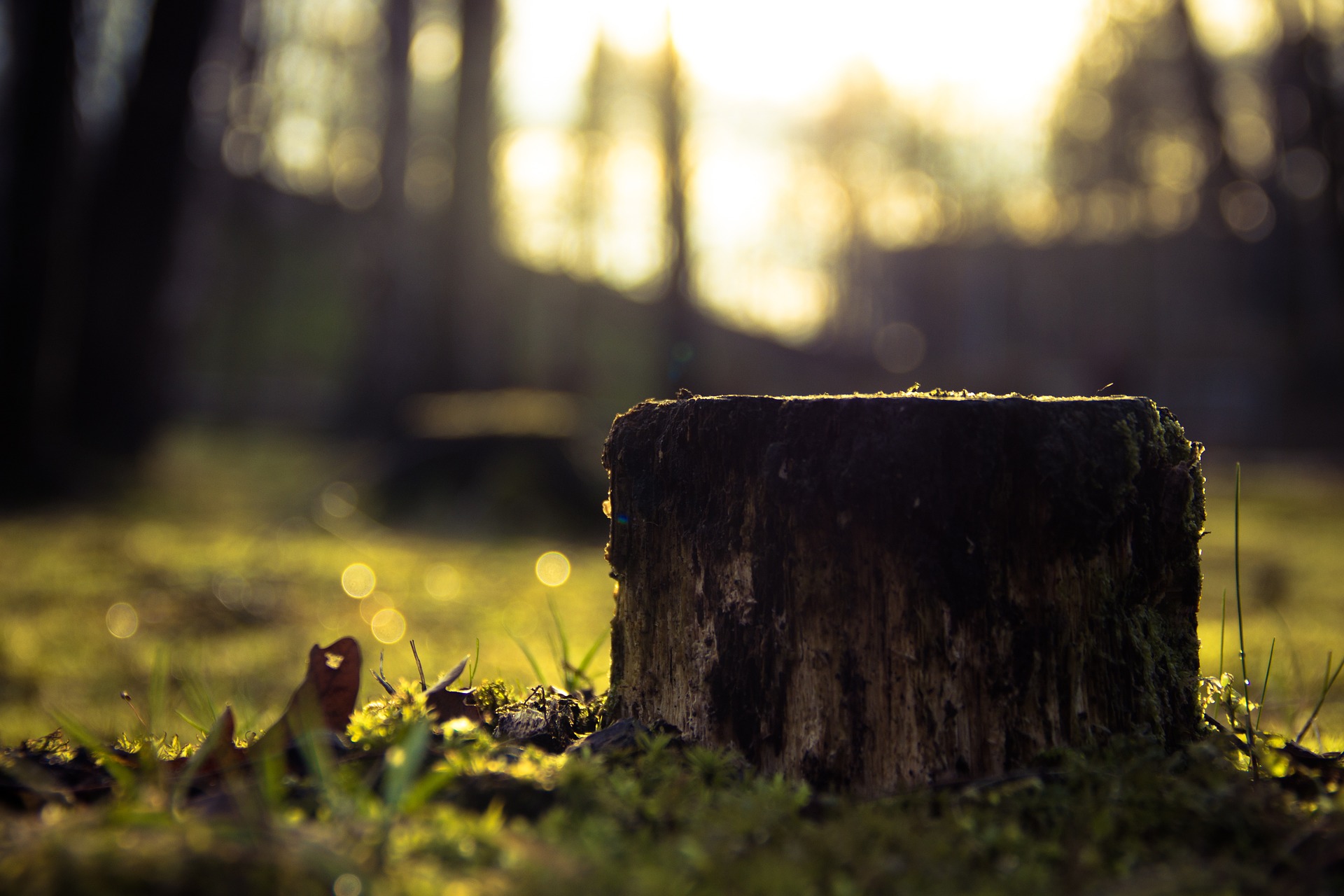If you are a gardener, you know how difficult it is to maintain your garden. You need to put in so much effort, time, and love. Imagine you do everything right; follow every instruction as needed; watering, pruning, and composting. Everything on time, not much or not less the correct dosage every time, your garden is flourishing, and you are more than happy. Seedlings are sprouting, fresh leaves and blooms are developing, and it appears that you are well on your way to producing your first fruits and vegetables. After that, you notice it; you wake up one morning to see ragged, hole-filled leaves that appear to have been destroyed. Snails have found their way to your garden.
But do not worry, if you take care of the situation rapidly there will be no more damages. However, you will have to be patient for new growth to be seen. Snails are considered pests, and there are several methods to eliminate them and stop them from returning to your garden in the future…
The Difference Between Slugs And Snails…
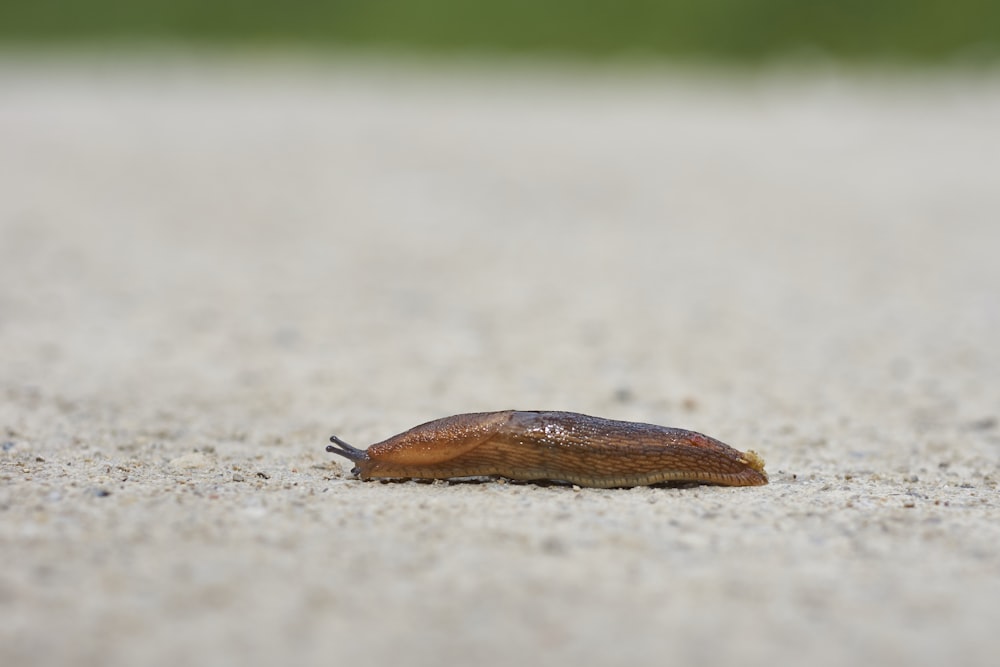
Slugs v/s Snails
Slugs and snails have a slimy look that distinguishes them from other typical garden pests. They’re mollusks, and as they slide across plant leaves, they create sticky trails behind them. Mucus is the scientific name for this slime. Slugs and snails produce mucus to help them move about on the ground. This mucus keeps them wet when they cross dry surfaces and prevents them from being cut by sharp things.
Slugs and snails belong to the same group of animals known as gastropods. Only snails and slugs live on land, whereas most gastropods live in water. The fundamental distinction is that snails have shells, whereas slugs have not. Slugs can conceal better than snails since they don’t have shells. They can fit below logs, stones, or other debris on the ground. As a result, because snails’ shells are visible, this can be why you’re probably more familiar with them.
How To Get Rid Of And Discourage Snails
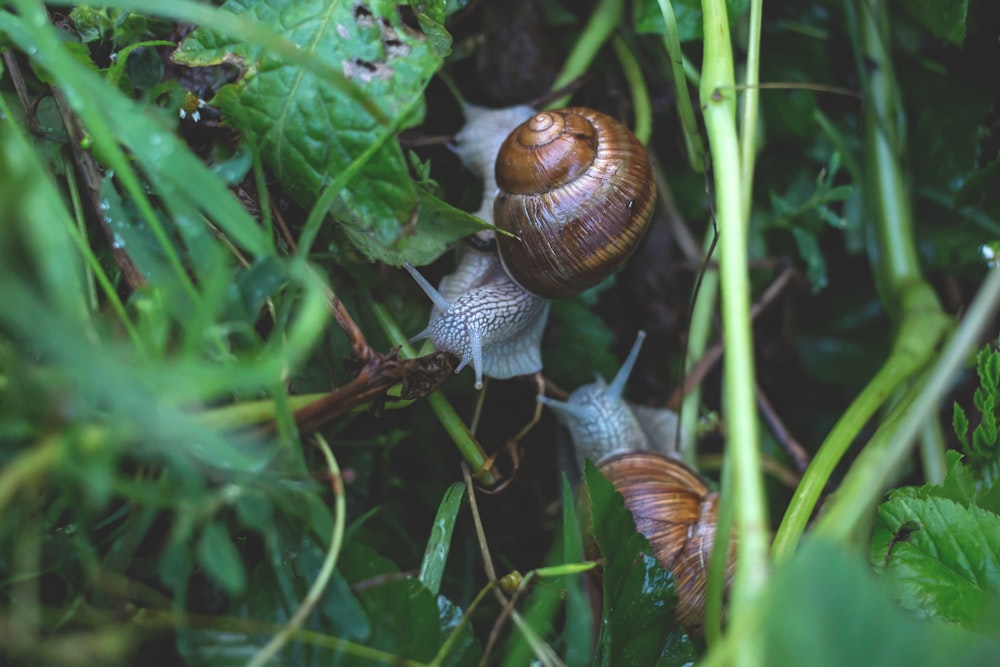
Simple Ways To Get Rid Of Snails
Start by making changes to your garden’s cultural practices to make it less appealing to slugs, snails, and other pests before using repellents and insecticides. Snails find it challenging to climb over materials like gravel, wood chips, and sand; thus, they make significant protective barriers in and around your garden.
Slugs and snails like dark and wet environments during the day, so proper plant arrangement and periodic trimming will eliminate many popular hiding spots for them. Clear your property of any debris on the ground, such as leaves or rotten wood.
Physical removal of snails is a simple and natural procedure often disregarded. You may eliminate the direct cause of snail damage by handpicking snails from your plants in the early morning or evening when they are most active, and you can still see them. While you won’t eliminate them all, you will make a significant difference in their population.
Snails and slugs love moisture, so if you have a landscape with excess moisture, it is very typical to find yourself with many snails, especially if you have drip irrigation.
Natural Snails Repellents
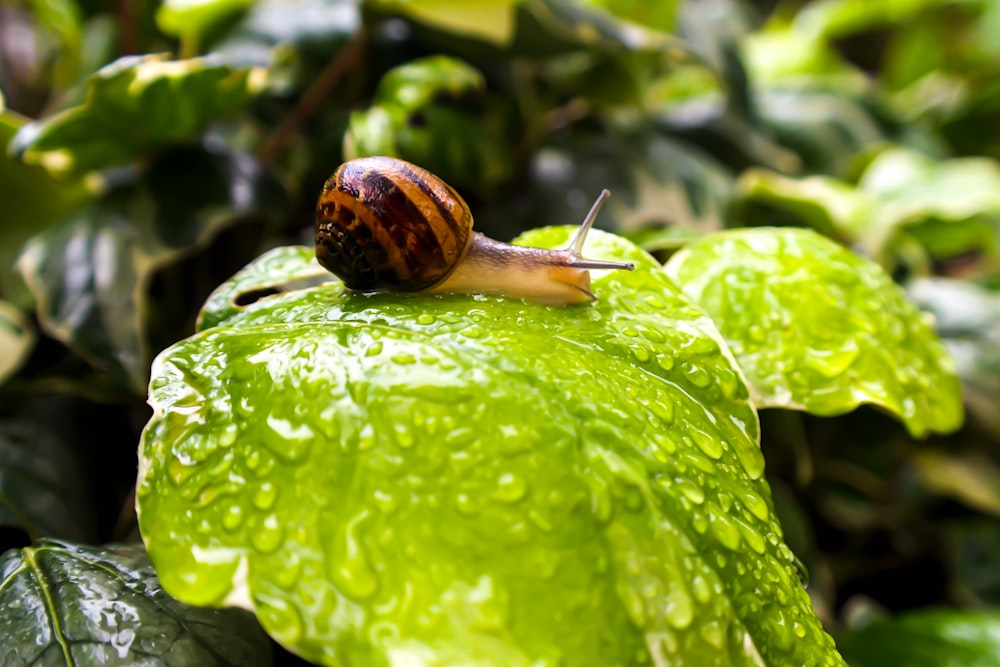
What Can Be Used As Snails Repellent?
There are different tools that you can use to get rid of snails. I always recommend using natural snail repellents in your garden, especially if you have a fruit or vegetable garden.
Coffee
Coffee is a natural snail repellent, although it is only effective for a short time. Coffee grinds can be sprayed on plants, soil, and snails or sprinkled on the ground surrounding them. If coffee doesn’t work, you’ll still have plenty left over to keep you awake on your snail-fighting adventure!
Eggshells
Yes, they may now be put to good use. Many gardeners use eggshells as a physical barrier to keep snails and slugs out of their gardens. If these pests try to pass over the rough edges of eggshells, it will be exceedingly painful.
If you have a problem with snails, I highly recommend following these tips. Let us know in the comment how you will deal with the situation…
